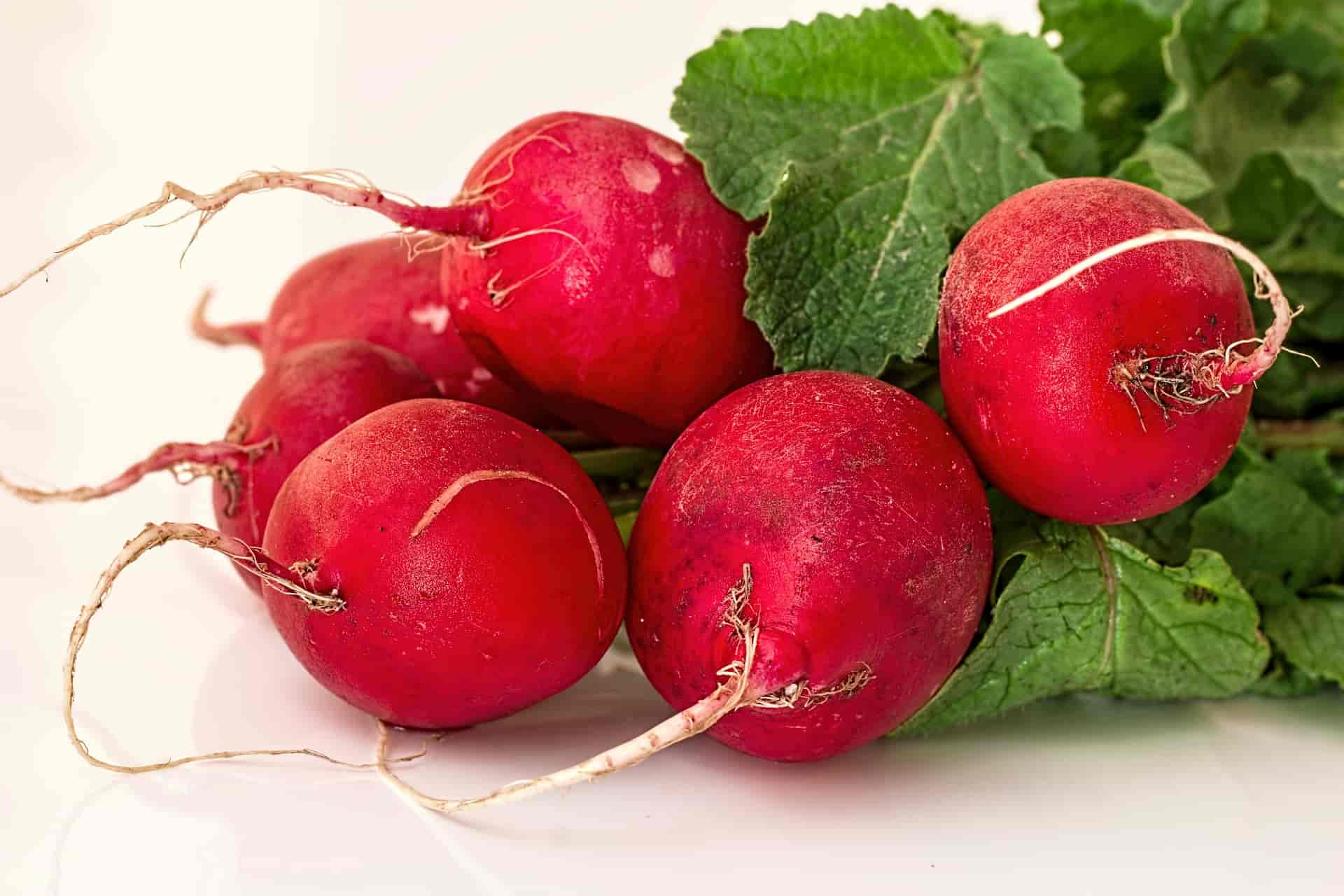
How to choose your radishes?
Our buyer's guide to help you choose radish seeds
Contents
If there’s one vegetable that wins favour with gardeners, beginners or more experienced, it’s the radish. Indeed, Raphanus sativus, a root vegetable in the large Brassicaceae family, charms with its ease of cultivation, good yield, flavour and nutritional properties. Undemanding except for regular watering, which ensures good development, radishes can be sown and therefore harvested almost all year round. Moreover, three main varieties of radish offer lots of variety: the small radish or “every-month” radish, the best known in vegetable gardens and on market stalls; the radish-rave, among which black radish stands out; and the Japanese Daikon radish, recognisable by its white root. Three varieties that let you play with colours, shapes, flavours, productivity, sowing and harvest periods… Follow our advice to choose the radish that matches your selection criteria.
Depending on the colour
Obviously, as soon as radish is mentioned, red and white naturally come to mind. However, radish is not limited to this two-colour palette. It can in fact take on different shades depending on the varieties to create a lovely colourful assortment on the plate.
Pink or predominantly red radishes
First there are those that are completely red, such as Scarlet round radish, Giant of Würzburg, Raxe, Scarlet globe, Giant of Sicily and Red Giant, Cerise, Cherry Belle…You can also be tempted by the striking Candela di Fuoco with its long, tapered roots. All share a red skin and white flesh.
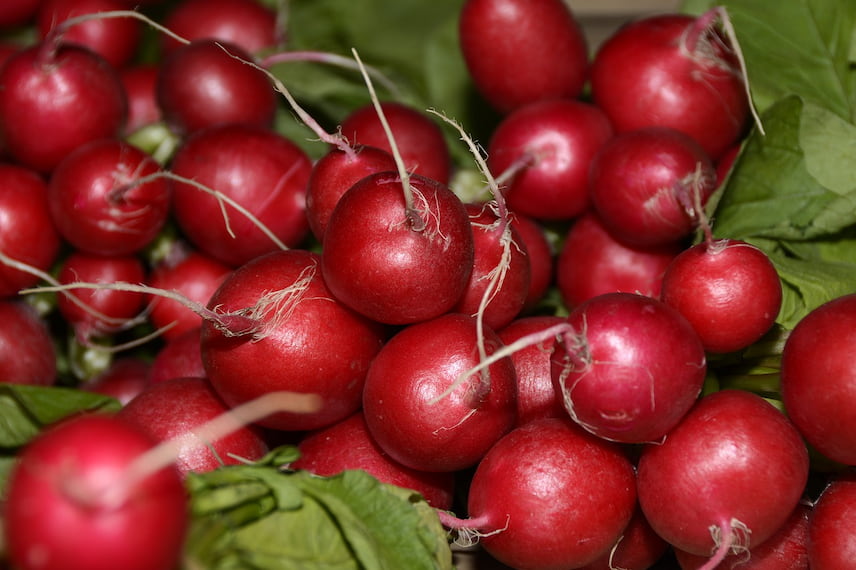
Others are red with white tips, such as the indispensable 18-day radish, Flamboyant, French Breakfast, National, Pernot or Gaudry 2. Others play with a lighter pink palette, such as the Chinese winter pink radishes with elongated roots, and the Rose de Pâques radish.
As for the Red Meat radish, it is almost unclassifiable since it is the flesh that shows a pretty red-pink colour, hidden beneath a white epidermis.
Purple or deep-purple radishes
The best known is the Violet de Gournay radish, but Amethyst, Viola purple radish and Blue Autumn and Winter deserve attention, as does Malaga.
Yellow radishes
They are few, so all honour to the Czech-origin Zlata radish.
Radishes with a white epidermis
These white-rinded radishes generally have long roots. Thus, the Ice candle lives up to its name, as does the Transparent White turnip radish. As for the Japanese Daikon radish, it is indeed recognised by its white colour.
Black radishes
These are quintessential winter radishes. They are recognised by their rough black skin and very white flesh. The best known remains the Large round winter radish, but also be seduced by the Long maraîcher, or by the Long black radish ‘Poids d’horloge’, with slightly pungent flesh.
→ Read also: How to successfully grow black radish?
Read also
Radish: sowing, growing, harvestingDepending on their size and shape
Radishes also differ in size and shape. From tiny round radishes to long-rooted radishes, choice is wide. They can however be classified into three distinct categories :
- Round radishes : they form a perfectly spherical root, varying in size. This allows you to create an assortment of rounded radishes with l’Écarlate, le National, le Zlata, l’Amethyst, le Violet Viola, le Raxe, le Gaudry…
- Semi-long radishes : le Radis de 18 jours and le Flamboyant are the best representatives of this category, as is le Pernot.
- Long radishes : this category includes black radishes, long and stocky, and Japanese radishes, more conical, but also the original Rose de Pâques, a variety of radish suitable for sowing in any month with long pink roots.
Note, however, that sowing dzepth can alter radish shape as well as earliness or colour. Thus, for semi-long varieties, seeds are buried about 1.5 to 3 cm deep in fine soil, while seeds of round varieties are placed almost on the surface. Then firm the soil. For long-rooted radishes such as black radishes, place seeds in furrows 3 to 4 cm deep.
Similarly, if you sow too densely, radishes will crowd each other and may fail to thicken, bolt or become deformed. To prevent these problems, sow thinly using a seed drill or thin out when seedling have 2 to 3 leaves. Radishes suitable for sowing in any month are spaced 3 to 4 cm apart, turnip-rooted radishes every 10 cm.
Discover other Radish seeds
View all →Available in 1 sizes
Available in 1 sizes
Available in 1 sizes
Available in 1 sizes
Available in 1 sizes
Available in 1 sizes
Available in 1 sizes
Available in 1 sizes
Available in 1 sizes
According to their flavour
If radishes are peppery, it’s because they contain glucosinolates, sulphur-containing compounds stored to repel pests. All gardeners know that watering regularly and harvesting promptly reduces the peppery bite. Similarly, some varieties have milder flavours.
All-month radishes have a fairly mild peppery bite: Bamba and Cherry Belle are quite mild, as are Zlata and Flamboyant, while Géant de Würzbourg and Rose de Pâques have no heat.
Root radishes have a much sharper but very delicate flavour. Whether black like Gros long d’hiver or white like Chandelle de glace, they are often eaten thinly sliced or grated. Only Violet de Gournay has a very mild flavour.
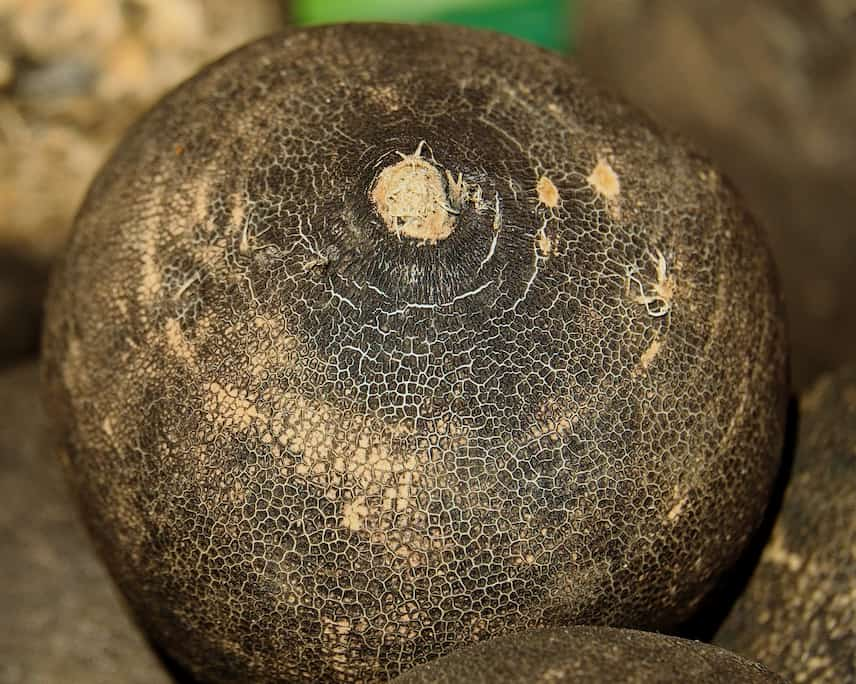
Round Black Spanish radish has a sharp yet delicate flavour
As for Japanese radish, it has a very mild flavour, as does the original Red Meat radish (provided the skin, which concentrates most of the heat, is removed)
Read also
Sowing radishesDepending on sowing and harvest periods
Radishes have two major advantages in the vegetable garden: they grow quickly and can be sown over several months. This way you can harvest and enjoy radishes throughout the seasons.

Radishes to harvest in spring and summer
Under cloches, in tunnels or even in open ground in the warmest regions, it is possible to sow radishes as early as February or March : the Kiva radish is the earliest of all, followed closely by the 18 Days Radish, Cerise and Gaudry. As for all-month radishes, you can sow them from March to September; they are harvested 3 to 6 weeks after sowing. Choose Flamboyant, National, Raxe, Pernot, Zlata or Bamba.
Radishes to harvest in autumn
They are sown from May to August–September. Varieties such as Géant de Würzbourg or Noir long Poids d’horloge can be planted.
Radishes to harvest in mid-winter
They are sown from June to October. They are harvested four months after sowing. Choose Rose de Chine, Violet de Gournay or black radishes Long maraîcher and Gros rond d’hiver.
Depending on growth speed
In terms of speed of growth, one radish lives up to its name: 18-day Radish. Indeed, these radishes can be harvested 18 days after sowing, provided they are watered regularly and harvested before getting too large. They can be sown from March to August.
To speed up harvest, you can also choose radish varieties described as ‘forcing’, such as Écarlate. The Cerise radish has rapid growth, as do Kiva, Cherry Belle and Pernot, the latter having the advantage of not hollowing out.
Black radishes and Japanese radishes remain in the ground for longer.
According to their tolerance to heat
Radish is not the most heat-tolerant root vegetable. Radishes and heatwaves do not always mix well. In summer, it is essential to keep soil cool with frequent watering. In southern regions, avoid sowing radishes in July and August. That said, radish varieties Expo, Raxe, Géant de Würzbourg and Chandelle de glace prove more robust against intense summer heat.
According to their productivity
Difficult to establish a ranking of most productive radishes because radish is a root vegetable with high yield relative to investment required. Moreover, radish produces shoots quickly which allows sowings to be multiplied and staggered over a long period.
Some varieties are nevertheless recognised for their productivity: Violet de Gournay radish is also early, as are Long Black or round radishes.
- Subscribe!
- Contents
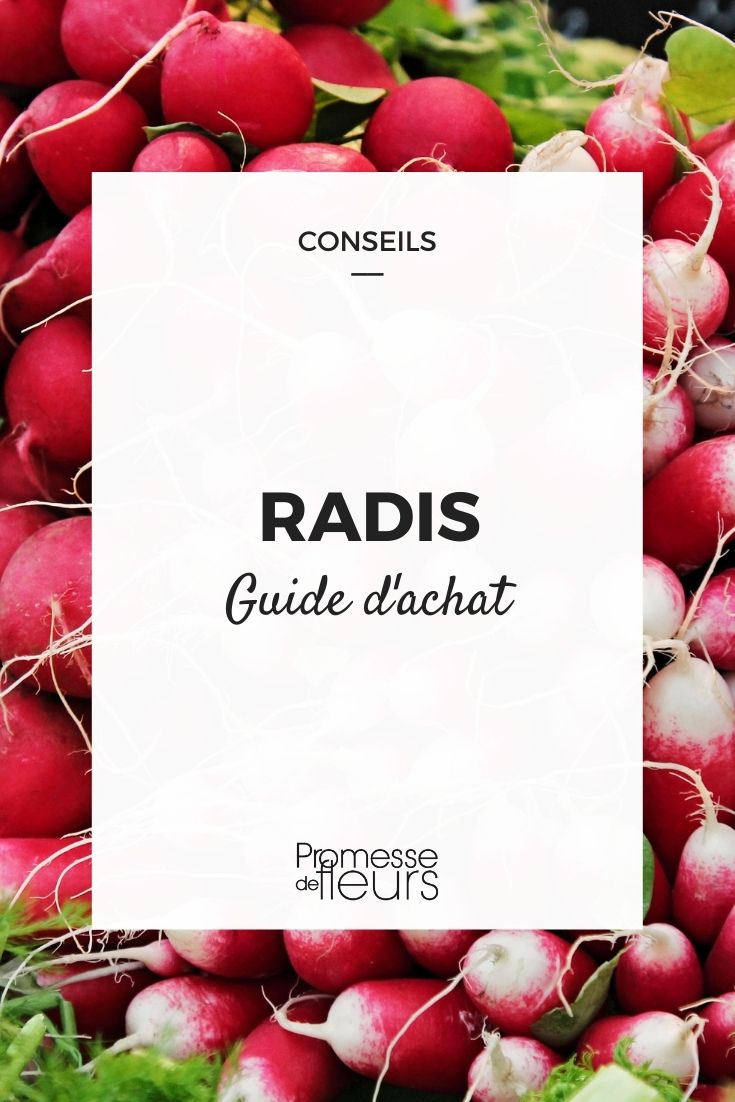































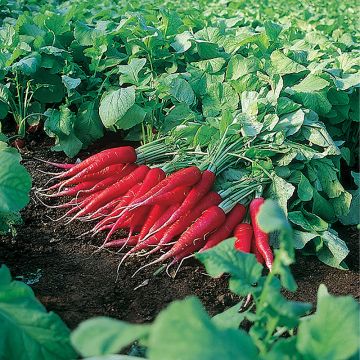
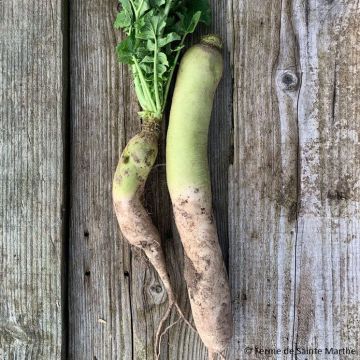
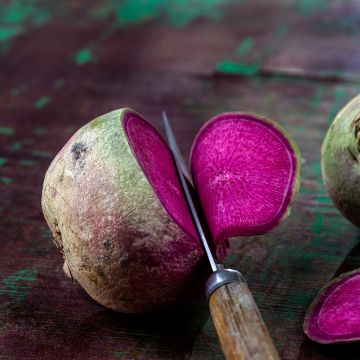
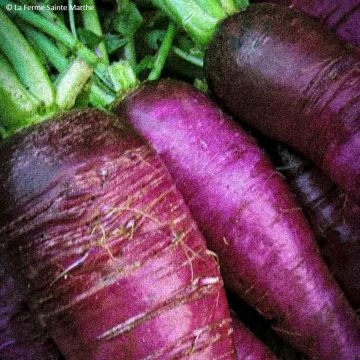
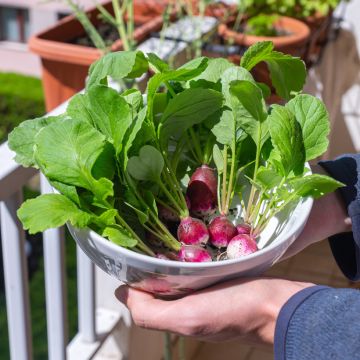
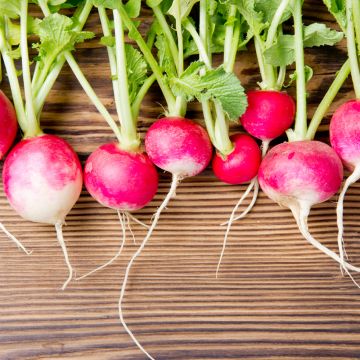
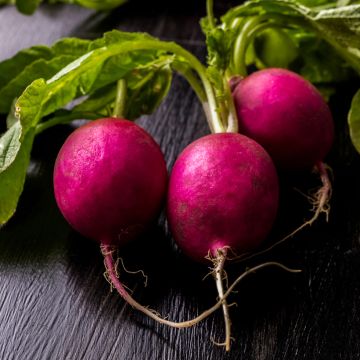
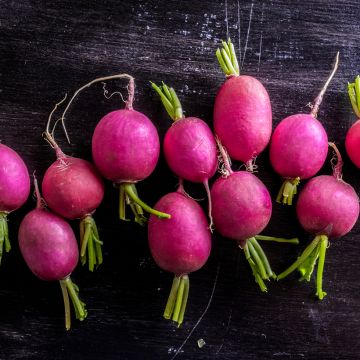
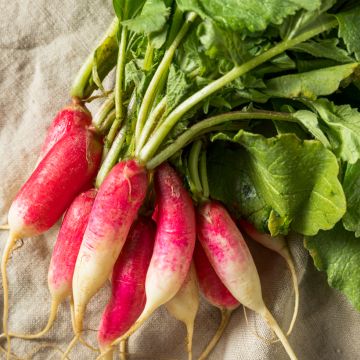
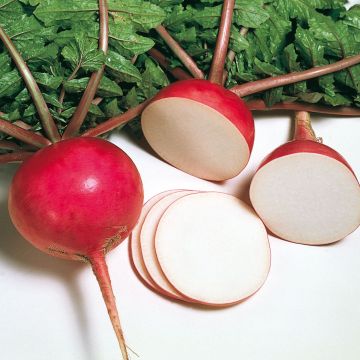
Comments